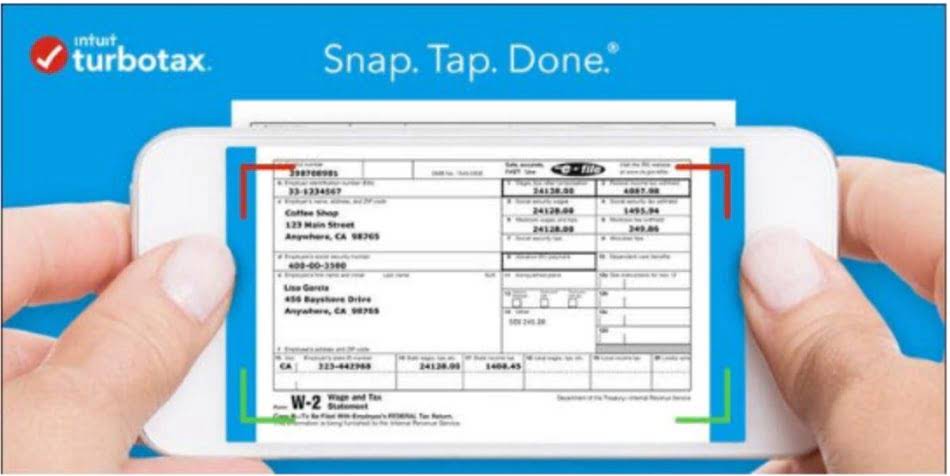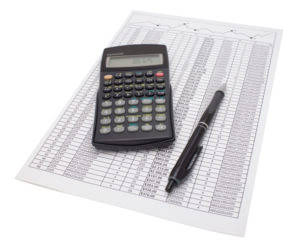Accumulated Depreciation and Depreciation Expense
Content

As such, the historical costs and accumulated depreciation shown are not inclusive of all non-expendable property recorded in 1999. Let’s review how the florist makes the entry for the first year’s depreciation expense and accumulated depreciation on the company’s ledger. However, when you eventually sell or retire an asset, you debit the accumulated depreciation account to remove the entry for that asset.
Depreciation is a calculation used to reduce the value of a fixed asset over a specific period. This calculation directly relates to the length of the asset’s useful life, or how long a business owner thinks they’ll use an asset. Subtracting accumulated depreciation from an asset’s cost results in the asset’s book value or carrying value. Hence, the credit balance in the account Accumulated Depreciation cannot exceed the debit balance in the related asset account. Carrying Value Of The AssetCarrying value is the book value of assets in a company’s balance sheet, computed as the original cost less accumulated depreciation/impairments. It is calculated for intangible assets as the actual cost less amortization expense/impairments. Accumulated depreciation is a contra asset that reduces the book value of an asset.
What is accumulated depreciation?
Below is data for calculation of the accumulated depreciation on the balance sheet at the end of 1st year and 3rd year. During the current period to the depreciation at the beginning of the period while deducting the depreciation expense for a disposed asset. The balance rolls year-over-year, while nominal accounts like depreciation expense are closed out at year end. Under the sum-of-the-years’ digits method, a company strives to record more depreciation earlier in the life of an asset and less in the later years. This is done by adding up the digits of the useful years, then depreciating based on that number of year.

So, at the end of 3 years, the annual depreciation expense would still be $10,000. In this way, accumulated depreciation will be credited each year while the asset’s value is simultaneously written off until it is disposed of or sold. On most balance sheets, accumulated depreciation appears as a credit balance just under fixed assets. In some financial statements, the balance sheet may just show one line for accumulated depreciation on all assets. Accumulated depreciation is recorded in a contra asset account, meaning it has a credit balance, which reduces the gross amount of the fixed asset.
How to calculate annual depreciation and accumulated depreciation
Each person should consult his or her own attorney, business advisor, or tax advisor with respect to matters referenced in this post. Bench assumes no liability for actions taken in reliance upon the information contained herein. Consequently, the net value of the van will amount to 0 at the end of its useful life in 10 years. The Balance uses only high-quality sources, including peer-reviewed studies, to support the facts within our articles. Read our editorial process to learn more about how we fact-check and keep our content accurate, reliable, and trustworthy. The extra amounts of depreciation include bonus depreciation and Section 179 deductions. Harold Averkamp has worked as a university accounting instructor, accountant, and consultant for more than 25 years.
- David Kindness is a Certified Public Accountant and an expert in the fields of financial accounting, corporate and individual tax planning and preparation, and investing and retirement planning.
- ScaleFactor is on a mission to remove the barriers to financial clarity that every business owner faces.
- Then divide that by 10 to get the straight-line rate, or $2,000, and take 200% of that – so that’s $4,000.
- This depreciation expense is taken along with other expenses on the business profit and loss report.As the asset ages, accumulateddepreciation increases and the book value of the car decreases.
- There are two main differences between accumulated depreciation and depreciation expense.
It can help determine where your business chooses to invest its money, as a particular asset’s value will be affected by its accumulated depreciation. It also helps determine capital gains or losses accumulated depreciation when an asset is sold or retired. The purchased PP&E’s value declined by a total of $50 million across the five-year time frame, which represents the accumulated depreciation on the fixed asset.
Is Accumulated Depreciation Considered an Asset?
Irrespective of the method used for calculating depreciation, the recording for accumulated depreciation includes both a credit and a debit. That’s because you’re required to make a debit to depreciation expense and a credit to accumulated depreciation. There’s no standard formula for calculating accumulated depreciation. Still, there are two methods primarily used for the calculation – straight line and double-declining balance. Basically, accumulated depreciation is the amount that has been allocated to depreciation expense.
- Accounting How To Avoid Tax Penalties – A Simple Guide Are you a small business owner trying to figure out how you can avoid tax penalties?
- With the straight-line method, you depreciate assets at an equal amount over each year for the rest of its useful life.
- During every accounting period, the depreciation expense recorded for that period is added to the accumulated depreciation balance.
- This is due to the relevance of the assets diminishing within that same year.
In Year 1, the van asset account will have a debit balance of $20,000 and the Accumulated Depreciation contra will show a credit balance of $2,000, resulting in the van’s book value of $18,000. When you sell an asset, the book value of the asset and the accumulated depreciation for that asset are both removed from the balance sheet. Since the original cost of the asset is still shown on the balance sheet, it’s easy to see https://www.bookstime.com/ what profit or loss has been recognized from the sale of that asset. The value of the asset on your business balance sheet at any one time is called its book value – the original cost minus accumulated depreciation. Book value may be related to the price of the asset if you sell it, depending on whether the asset has residual value. Long-term assets are used over several years, so the cost is spread out over those years.

















